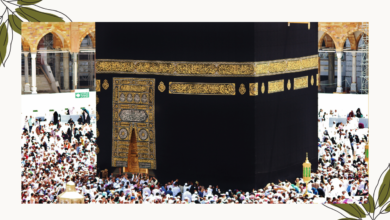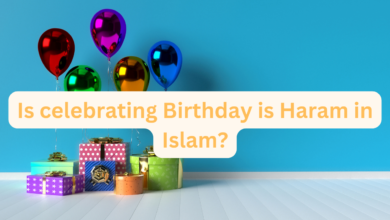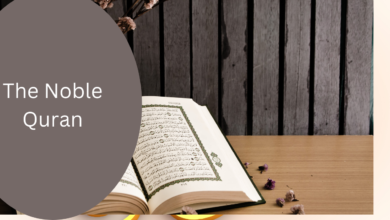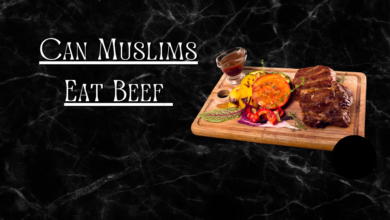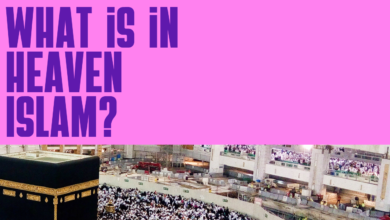What Do You Say on Eid?
"Navigating the Art of Expressing Eid Greetings and Etiquette"
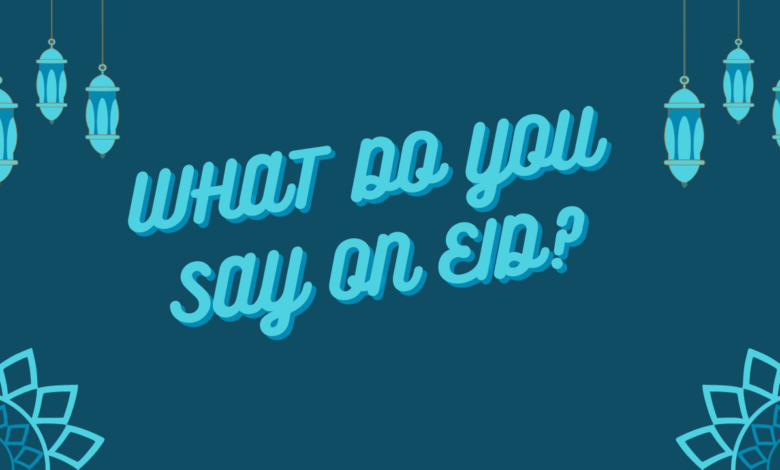
What Do You Say on Eid?
Introduction
Eid, one of the most significant festivals in Islam, is a time of joy, celebration, and togetherness. It marks the end of Ramadan, the holy month of fasting and spiritual reflection, and is a time for Muslims around the world to come together to celebrate their faith and renew their sense of community. One important aspect of Eid is the exchange of greetings and well-wishes. But what do you say on Eid? In this article, we will explore the various greetings and etiquette associated with Eid.
Eid al-Fitr and Eid al-Adha
There are two major Eid celebrations in Islam: Eid al-Fitr and Eid al-Adha. Each of these festivals has its own distinct greetings and customs.
- Eid al-Fitr:
- Eid al-Fitr, also known as the “Festival of Breaking the Fast,” is celebrated at the end of Ramadan, a month of fasting and spiritual growth.
- Common greetings for Eid al-Fitr include “Eid Mubarak” and “Eid Sa’id,” both of which mean “Blessed Eid” or “Happy Eid.”
- It is customary to exchange gifts, especially among family and friends.
- Muslims often wear their finest clothes, attend special prayers at the mosque, and share festive meals with loved ones.
- Eid al-Adha:
- Eid al-Adha, also known as the “Festival of Sacrifice,” commemorates the willingness of Prophet Ibrahim (Abraham) to sacrifice his son in obedience to God’s command.
- The most common greeting for Eid al-Adha is “Eid Mubarak.”
- A central ritual of Eid al-Adha is the Qurbani, or the sacrifice of an animal, typically a goat, sheep, cow, or camel, to remember Ibrahim’s willingness to sacrifice his son. The meat is then distributed to those in need.
- It is also customary to give to charity and visit friends and family during this holiday.
Also check.
- What is a Eid?
- What does Jihad Mean?
- What is Jihad?
- What Do Judaism Christianity and Islam Have In common?
- Who Wrote the Quran?
General Eid Greetings
In addition to the specific greetings for each Eid, there are some general phrases that can be used to convey your warm wishes during this special time:
- “Eid Greetings”: A simple and heartfelt way to express your good wishes during both Eid al-Fitr and Eid al-Adha.
- “May your Eid be filled with joy and blessings”: This is a warm and inclusive greeting that can be used on either Eid.
- “Wishing you and your family a peaceful and joyous Eid”: A thoughtful message that emphasizes the importance of family and peace during Eid celebrations.
- “Eid Mubarak to you and your loved ones”: A classic and widely recognized greeting that signifies happiness and blessings.
- “May Allah’s blessings be with you today and always”: A more spiritual wish, reminding the recipient of the significance of the occasion.
Etiquette for Exchanging Eid Greetings
When exchanging Eid greetings, it’s essential to keep in mind a few etiquette tips:
- Start with a warm smile: Begin your greetings with a genuine smile, as it sets a positive tone for the conversation.
- Use the appropriate greeting: Be mindful of whether it’s Eid al-Fitr or Eid al-Adha, and use the respective greeting.
- Shake hands or embrace: It is customary to shake hands, hug, or embrace when greeting friends and family on Eid, depending on your relationship and comfort level with the person.
- Give gifts: Consider giving gifts to loved ones, especially children, to make the occasion even more special.
- Visit friends and family: If possible, make an effort to visit friends and family, share meals, and strengthen your bonds during Eid.
Conclusion
Eid is a time of unity, compassion, and celebration for Muslims worldwide. Knowing what to say on Eid and following the proper etiquette for greetings is a simple yet meaningful way to participate in the joyous festivities. Whether you say “Eid Mubarak” or any other heartfelt phrase, the essence of your message should convey blessings, happiness, and goodwill to all. Eid is not only a celebration of faith but also an opportunity to strengthen relationships and promote unity among diverse communities.
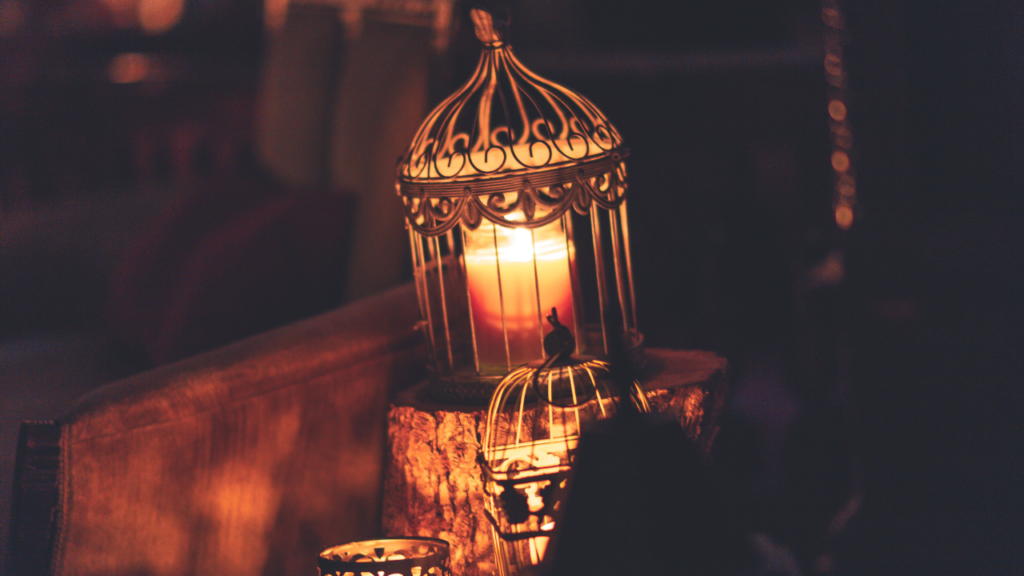
FAQs
What is the appropriate greeting for Eid al-Fitr?
The most common greeting for Eid al-Fitr is “Eid Mubarak,” which means “Blessed Eid” or “Happy Eid.”
What greeting should I use for Eid al-Adha?
“Eid Mubarak” is also suitable for Eid al-Adha, and it is the most widely used greeting for both Eid celebrations.
Are there any other greetings I can use for Eid?
Yes, you can use phrases like “Eid Sa’id” (meaning “Happy Eid”) and other warm wishes like “May your Eid be filled with joy and blessings.”
Is it important to exchange greetings during Eid?
Yes, exchanging greetings is an essential part of the Eid celebration. It fosters a sense of community and goodwill among friends and family.
Should I give gifts during Eid?
Giving gifts, especially to children, is a common practice during Eid. It is a way to express love and strengthen relationships.
What other customs are associated with Eid besides greetings?
Common customs include attending special prayers at the mosque, wearing new or fine clothing, sharing festive meals with loved ones, giving to charity, and, during Eid al-Adha, performing the Qurbani (sacrifice of an animal).
Is it appropriate to visit friends and family during Eid?
Yes, visiting friends and family is a cherished tradition during Eid. It’s an opportunity to celebrate together and strengthen bonds.
Can non-Muslims exchange Eid greetings with their Muslim friends and colleagues?
Yes, non-Muslims are encouraged to extend their warm wishes during Eid. It demonstrates respect for their Muslim friends’ culture and traditions.
What should I say in a more formal Eid greeting?
A more formal greeting can be, “Wishing you and your family a peaceful and joyous Eid.”
What is the significance of Eid in Islam?
Eid is a time of celebration and gratitude, marking the end of Ramadan (fasting month) and commemorating important events in Islamic history. It promotes unity, charity, and reflection on one’s faith.
